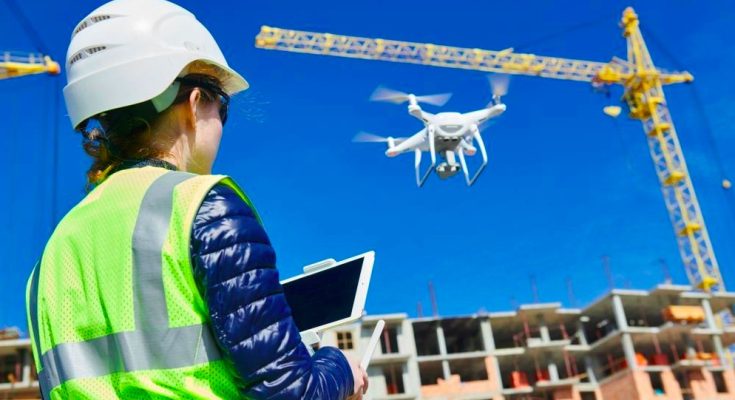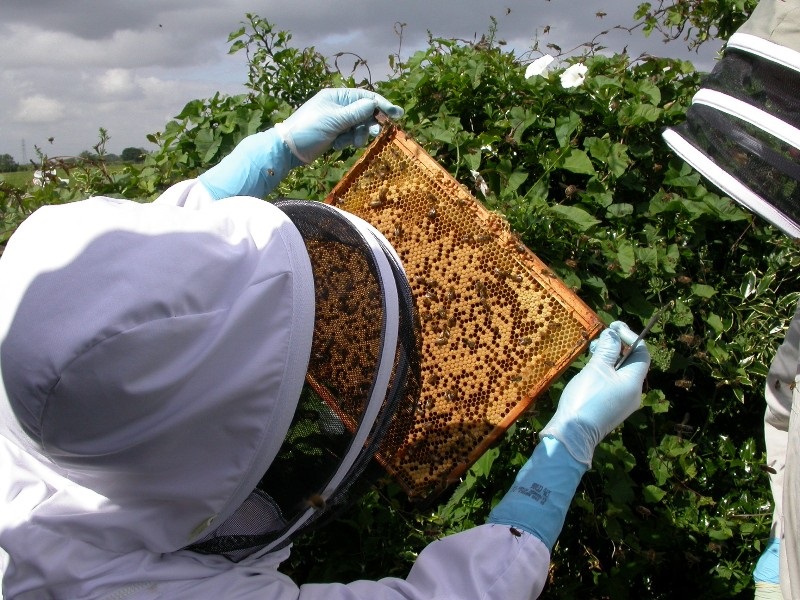As experts increasingly adopt drone facade inspection techniques, the architecture and building maintenance sectors are witnessing a paradigm shift in how we approach structural integrity assessments. This transformation, driven by the confluence of aerial robotics and advanced imaging technologies, represents a fascinating example of how our cognitive instincts for safety and efficiency manifest in technological innovation.
The Evolutionary Advantage of Aerial Assessment
Much like how our ancestors developed tools to overcome their physical limitations, modern society has engineered drones to transcend our terrestrial constraints. In Singapore’s context, where 84% of the population resides in high-rise buildings, traditional facade inspection methods have long posed significant challenges. Manual inspection using gondolas and scaffolding not only puts human inspectors at risk but also introduces cognitive biases and limitations inherent to human perception.
Breaking Down the Science of Drone-Based Inspection
The methodology employs what cognitive scientists would recognise as parallel processing – multiple sensors gathering various data streams simultaneously:
- High-resolution optical cameras capturing visual defects
- Thermal imaging detecting moisture intrusion and insulation failures
- LiDAR sensors creating precise 3D mappings of structural elements
- Multispectral imaging identifying material degradation patterns
According to the Building and Construction Authority (BCA) of Singapore, buildings taller than 13 metres must undergo facade inspection every 7 years. This regulatory framework, combined with the fact that Singapore has over 8,600 buildings that fall into this category, creates an compelling case for automated inspection solutions.
The Cognitive Economics of Drone Implementation
From an evolutionary psychology perspective, the adoption of drone technology represents a classic example of our species’ ability to develop force multipliers. Consider these efficiency metrics:
- Traditional manual inspection: 2-3 weeks for a 40-storey building
- Drone-based inspection: 2-3 days for the same structure
- Cost reduction: Approximately 70% compared to conventional methods
- Risk reduction: Near elimination of human exposure to height-related hazards
Data Processing and Pattern Recognition
Perhaps the most fascinating aspect of modern drone facade inspection lies in its marriage with artificial intelligence. The human brain excels at pattern recognition, but it’s limited by attention span and processing capacity. AI-powered inspection systems can:
- Process thousands of high-resolution images in hours
- Identify subtle patterns of deterioration
- Create predictive maintenance models
- Generate comprehensive digital twins of buildings
Recent statistics from Singapore’s Smart Nation initiative indicate that buildings employing regular drone inspections have reduced their maintenance costs by an average of 32% over three years.
Regulatory Framework and Social Acceptance
Like any technological innovation, drone inspection exists within a complex web of social and regulatory constraints. The Civil Aviation Authority of Singapore (CAAS) has developed one of the world’s most sophisticated frameworks for commercial drone operations, requiring:
- Operator certification
- Flight path approval
- Risk assessment documentation
- Insurance coverage
This regulatory environment reflects our evolved predisposition to seek safety through social organisation and rule-making.
The Future Trajectory
The evolution of drone facade inspection technology mirrors the development of human cognition itself – becoming increasingly sophisticated through iterative improvements and adaptation to environmental challenges. Singapore’s Building and Construction Authority reports that since 2019:
- 45% of registered building inspectors have incorporated drone technology
- 60% reduction in inspection-related accidents
- 28% increase in early detection of structural issues
Environmental and Economic Impact
From an environmental psychology standpoint, drone inspection technology aligns with our innate desire for resource conservation. The reduction in:
- Physical equipment requirements
- Transport needs
- Energy consumption
- Material waste
represents a significant step toward sustainable building maintenance practices.
Conclusion
The integration of drone technology in building facade inspection represents more than mere technological advancement – it exemplifies our species’ remarkable ability to create cognitive prostheses that extend our natural capabilities. As we continue to push the boundaries of what’s possible in building maintenance and safety, the fusion of artificial intelligence, drone technology, and human expertise creates an increasingly robust system for ensuring structural integrity. For property owners and facility managers seeking the most efficient and effective solution for their building maintenance needs, drone inspection Singapore offers an evolutionarily superior approach to traditional methods.




